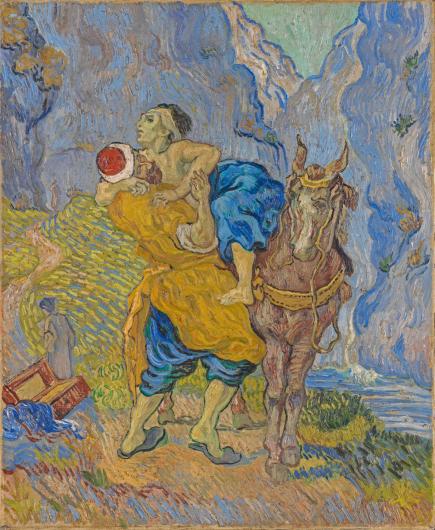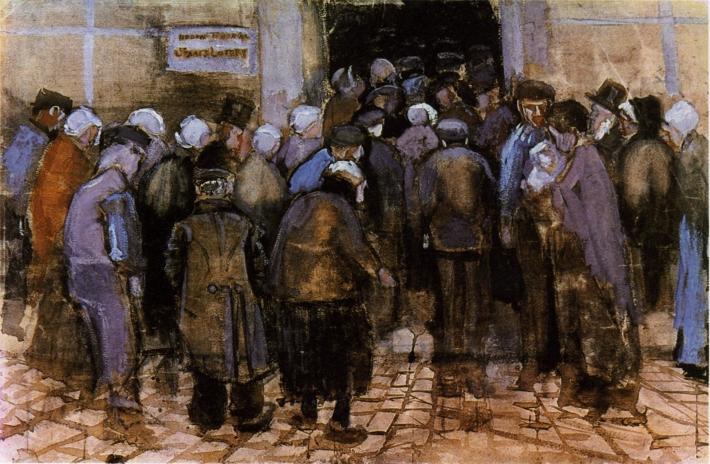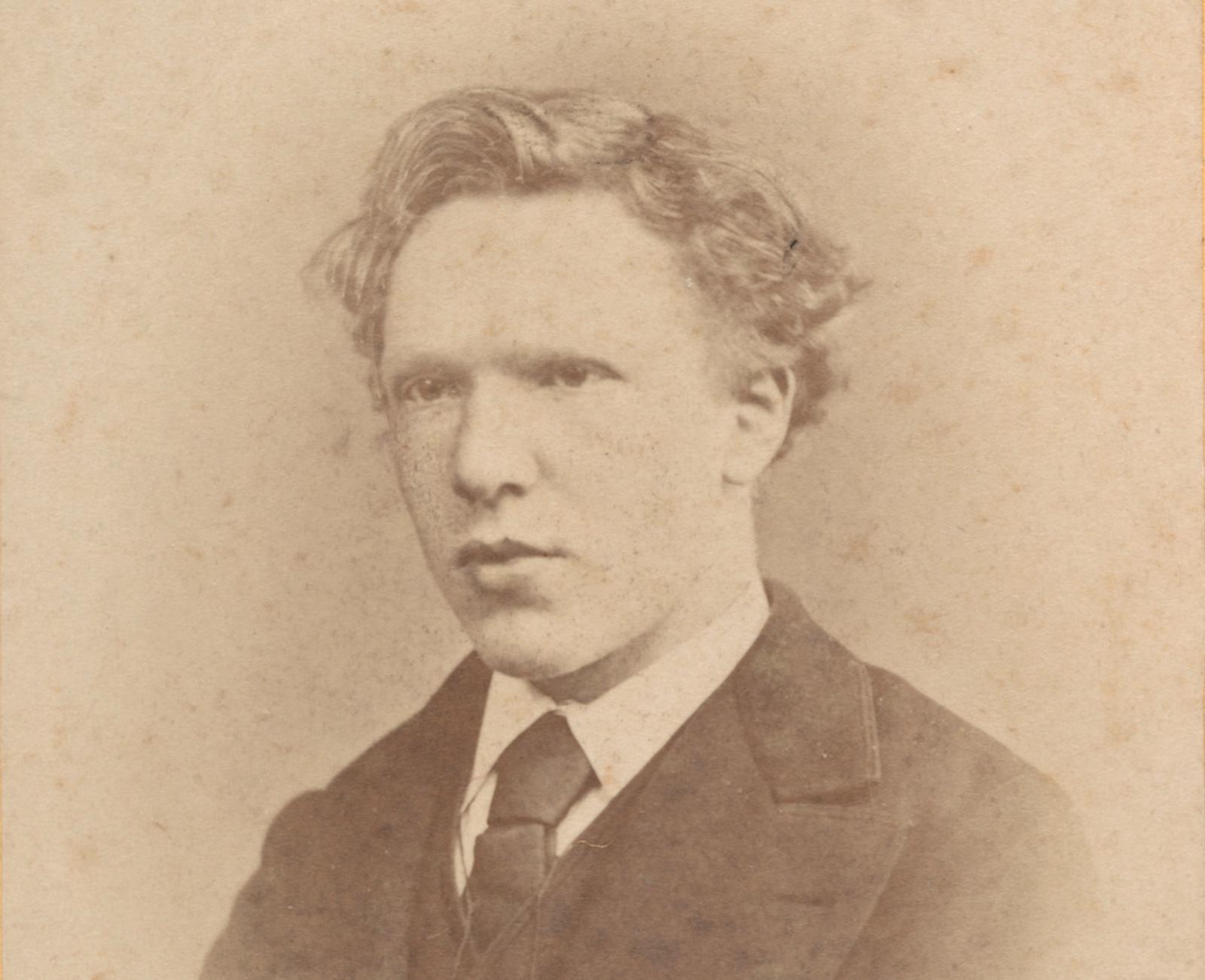
Vincent van Gogh (1853-1890) is one of history's best-known artists. Despite struggles with depression and psychosis Van Gogh became a master of Post-Impressionism. Van Gogh paintings like The Starry Night dazzle and inspire anyone lucky enough to see them in person. The artist's colorful life and paintings make him a tragic yet compelling figure to modern audiences.
So many books, movies, and web catalogs have been dedicated to his life, work, and correspondences that some interesting facts get lost in the mix. From a passion for religion to familial facts, here are ten things you might not know about Vincent van Gogh.
Vincent Van Gogh, The Good Samaritan, 1890. Kröller-Müller Museum, Otterlo, Netherlands.
Van Gogh spent a great deal of time reflecting on the role of sacred art and what a new, modernized version might look like. Paul Gauguin, with whom he had a close though contentious relationship, shared this interest and the two wrote frequently to each other about it. As Deborah Silverman writes in Van Gogh and Gauguin, these conversations were fueled by a desire to “fill the void left by the religious systems that they were struggling to abandon but that had nonetheless left indelible imprints in their consciousness.”
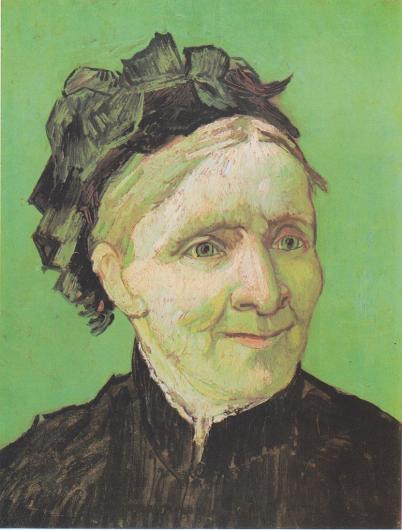
Vincent Van Gogh, Portrait of the Artist’s Mother (Anna Carbentus van Gogh), 1888. Norton Simon Museum, United States.
Van Gogh's mother, Anna Carbentus van Gogh, was born to a wealthy Dutch family. After marrying Van Gogh's father, she would ultimately have six children—three girls and three boys. A deeply religious woman, it was said she ran a strict household. While growing up in this environment may have contributed to Van Gogh's famed serious demeanor, it was actually his mother who helped nurture young Vincent's creativity by encouraging him to draw.
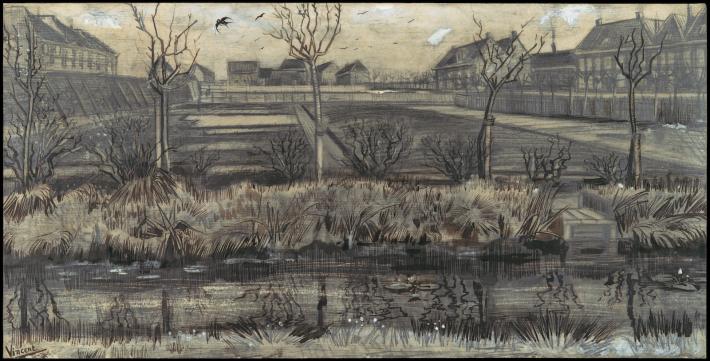
Vincent van Gogh, Nursery on Schenkweg, 1882. Black chalk, graphite, pen, brush, and ink, heightened with white body color on laid paper. Metropolitan Museum of Art, New York City.
During one of many career-pivots, Van Gogh spent 1880 to 1883 devoted to training as an illustrator. After a short stint in Brussels to study drawing, he moved to The Hague, Netherlands to study art under his cousin—a painter named Anton Mauve. He also trained in lithography and collected and studied prints.
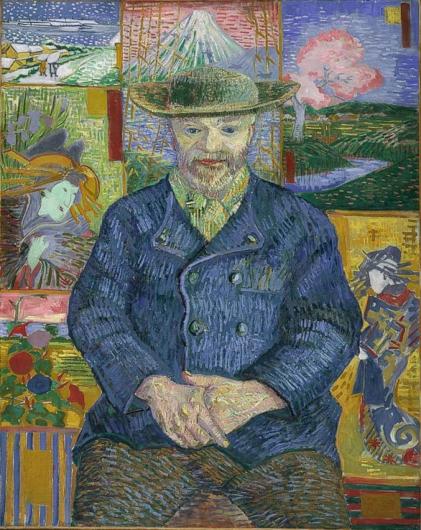
Vincent van Gogh, Portrait of Julien Tanguy, 1887. Musée Rodin, Paris.
Van Gogh had a large collection of Japanese prints. Though this was not an unusual interest for artists in Paris to have, Vincent believed that these were important and should be as treasured as the work of European masters to the Western world. He observed in these prints and integrated into his art the use of space, bright colors, and attention to small details of nature.
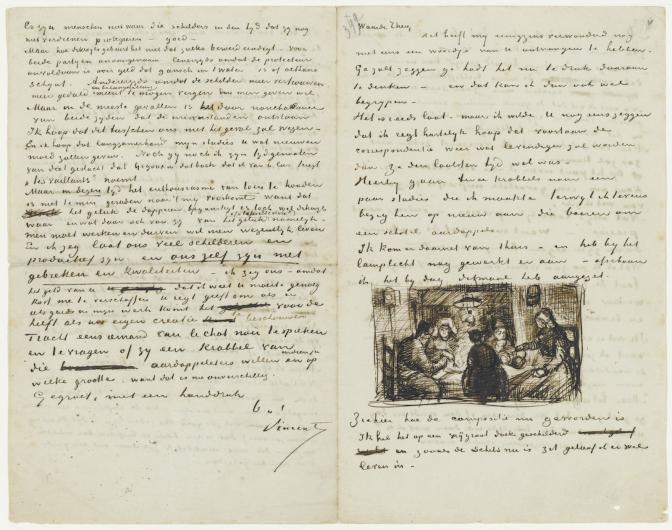
In April 1885, Vincent wrote his brother about his first masterpiece, The Potato Eaters.
At least 650 of these letters were written to his brother Theo van Gogh. Vincent often included drawings in his letters. Some, like this one, were meant to convey his latest painting and he’d indicate where he used certain colors.
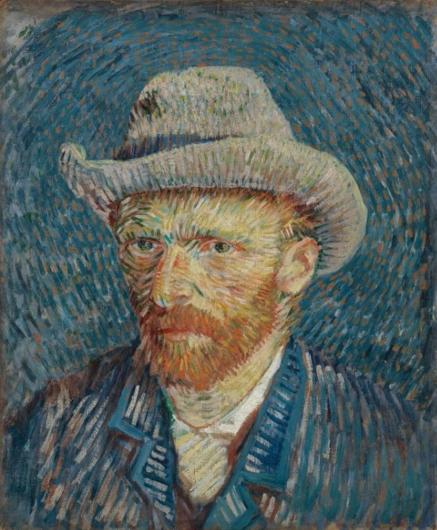
Vincent van Gogh, Self-Portrait with Grey Felt Hat, 1887. The Van Gogh Museum, Amsterdam.
We will likely never know if this is true or false. While about one-tenth of men are colorblind, there is no discernible way to detect or color-blindness through the passage of time. That said, Kazunori Asada’s speculations and the images generated by his subsequent color blindness simulator did lead many to wonder if Van Gogh had protanopia.
Vincent van Gogh, The State Lottery Office ('The Poor and Money'), 1883. Watercolor. The Van Gogh Museum, Amsterdam.
Though he did survive off of support from his brother after 1882, the monthly wage he received from Theo was about 100 to 150 francs (fifty to seventy-five guilders). According to The Van Gogh Museum, this was much more than the average “thirty-two guilders a factory worker received back then to support a family of seven.” Van Gogh’s tendency to apply paint thickly also contributed to his spending.
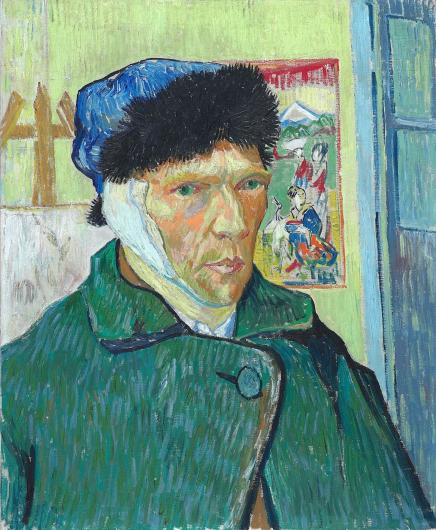
Vincent van Gogh, Self-Portrait with Bandaged Ear, 1889. The Courtauld Gallery, London.
In 1888, he moved from Paris to Arles, in the south of France, where he dreamed of starting an artist’s community. Gauguin somewhat unenthusiastically joined him in October. Together they lived and worked in The Yellow House until December, at which point the two had a fight that ended in Van Gogh cutting off part of his left ear.
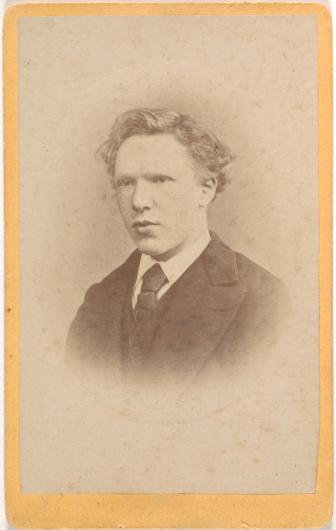
Vincent van Gogh, 19 years old.
Just after World War II, a photograph of young Vincent was believed to have been discovered. In 2018, researchers concluded that it was actually his younger brother, Theo. Today, there is only one known photographic portrait of the artist. In 1886-7, he was photographed from behind, sitting with Émile Bernard. He is also possibly featured in an 1866-7 group photo of students in the secondary school he attended.
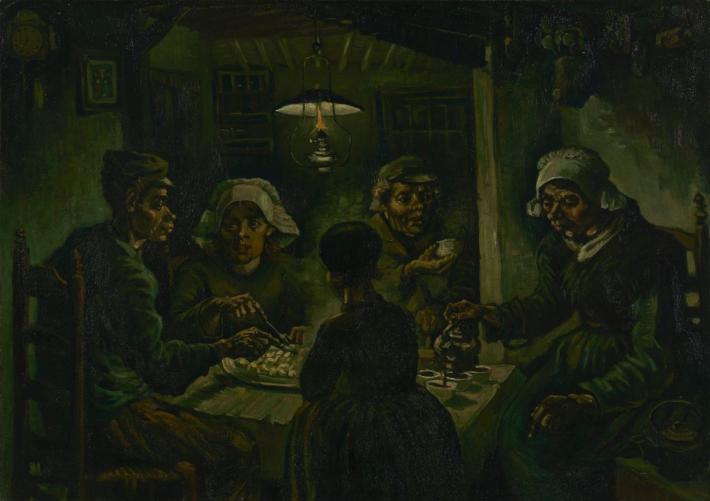
Vincent van Gogh, The Potato Eaters, 1885. Van Gogh Museum, Amsterdam.
Though his first career was in art trade, Van Gogh was dismissed by his employers in 1876. He decided to redirect his life and pursue divinity. At different points,he worked as a lay preacher in England, a lay evangelist in Brussels, planned to attend divinity school, and then, instead, to do missionary training school.
Anna Claire Mauney
Anna Claire Mauney is the former managing editor for Art & Object. A writer and artist living in North Carolina, she is interested in illustration, the 18th-century, and viceregal South America. She is also the co-host of An Obsessive Nature, a podcast about writing and pop culture.![]()




